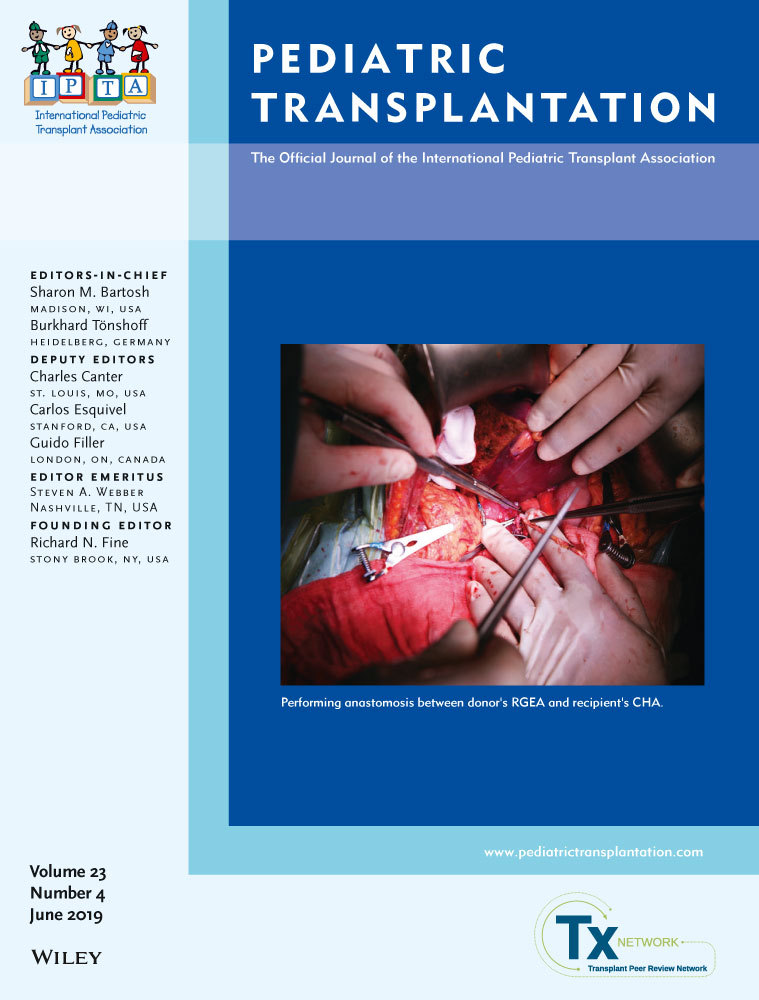Low-dose azacitidine for relapse prevention after allogeneic hematopoietic cell transplantation in children with myeloid malignancies
Abstract
Background
The prognosis of children who relapse after allogeneic hematopoietic cell transplant (alloHCT) for myeloid malignancies remains poor.
Procedure
To describe the safety and feasibility of post-transplant azacitidine for relapse prevention, we retrospectively reviewed the charts of 18 children undergoing alloHCT for myeloid malignancies.
Results
There were 15 evaluable patients since three patients did not receive planned azacitidine due to early relapse or TRM. Azacitidine (32 mg/m2/dose for 5 days, in 28-day cycles as tolerated up to 1 year post-transplant) was started at a median of 66 days post-transplant (range 42-118). Two-thirds (10/15) of patients received eight or more cycles. Five patients stopped therapy early, only one attributable to toxicity. Mild myelosuppression was the most common reason for cycle delays. Dose modifications were made in three patients. There were three relapses, two of which occurred in patients in CR2 and one in CR1, with a median follow-up of 20 months (range 12.5-28), and no TRM in patients who received azacitidine.
Conclusions
Post-transplant azacitidine in children is safe and feasible, with most patients successfully receiving all planned cycles. Despite the limitations of a small cohort, low relapse incidence suggests a potential benefit in disease control that warrants further investigation.
CONFLICT OF INTERESTS
The authors have no relevant competing financial interests to disclose.




